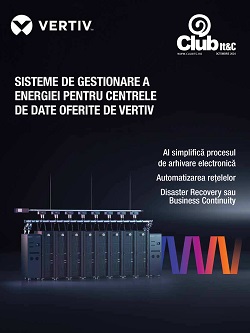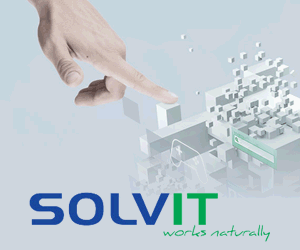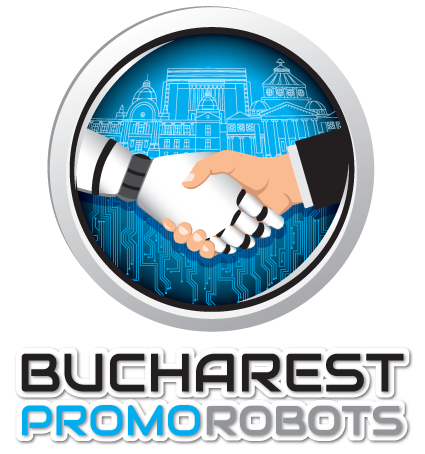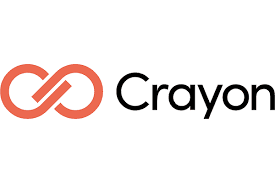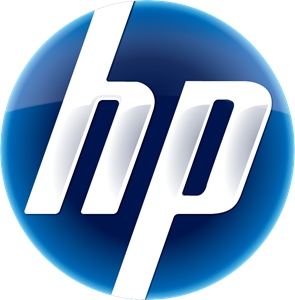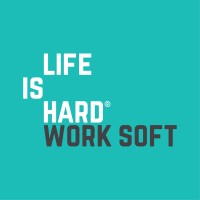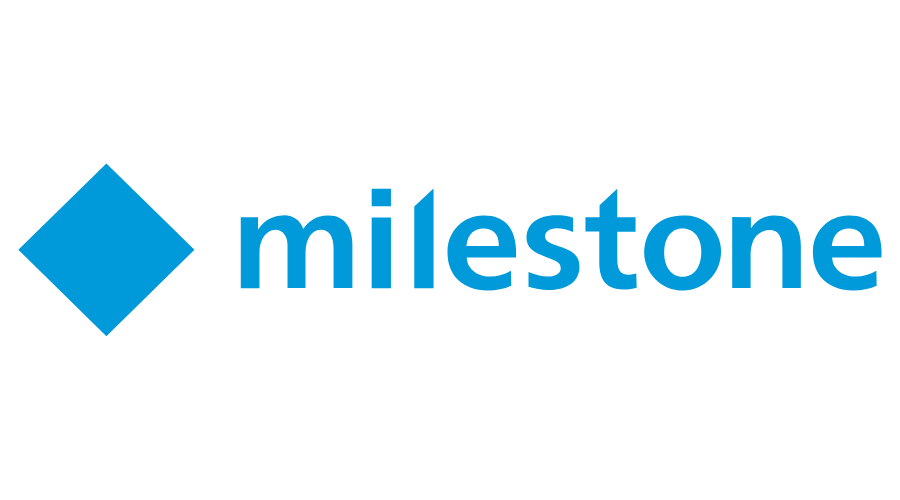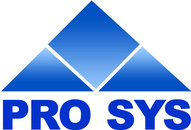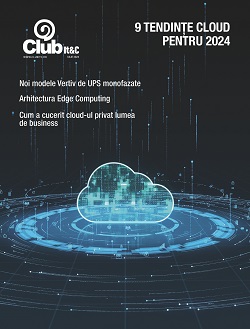Digital transformation is a term that encompasses most businesses’ concerns. However, despite being relevant to a broad group, the journey to become digitally transformed is anything but generalized.
 Each business is unique which individual traits, and as such they need specific digital transformation paths that chime with their specific makeups. It means that there are multiple journeys to digitally transforming – some of which I plan to talk about in this blog.
Each business is unique which individual traits, and as such they need specific digital transformation paths that chime with their specific makeups. It means that there are multiple journeys to digitally transforming – some of which I plan to talk about in this blog.
Of course, this also brings about the challenge of how to ascertain which approach is best for your business, and Fujitsu will be able to provide the expertise necessary to supplement your own skills.
It’s a challenge we’ve seen many of our customers grapple with as they begin to migrate to S/4HANA. It’s also something Fujitsu have aimed to support customers with, as a partner of SAP and ERP.
The aim of our support has been to safeguard and coach within transformation projects. By doing this we hope to help customers seize the opportunity they have to carve out modern business processes that are right for them.
A multi-colored approach
Digital transformation is the perfect time to reassess a businesses’ approach to processes. How do you want your business to think? What tools are needed to enable this line of thinking? These are questions that should be asked as a business plots its digital future and determines what resources it needs to accomplish this future.
In many of the cases I’ve seen, the goal is to overcome old-fashioned behaviors in favor of much more agile ways of thinking, which has paved the way for useful initiatives such as Rise with SAP, which enables businesses to have greater visibility as they begin their journey.
Traditionally, there are two approaches to the transformation process: Greenfield and Brownfield.
The Greenfield approach is predominantly concerned with new implementation. Businesses tend to use the standard business processes derived from SAP, which involves transforming data and introducing new processes. Here the difficulty can be for businesses to identify their own procedural weaknesses as it’s a big mindset change. There are, however, tools that can be used here to support with data and process mining, as well as support from Fujitsu as your partner.
On the other hand, the Brownfield approach requires more of a technical change as opposed to a business process change. A transformation like this is usually a very abrupt stop and switch to new systems. This can cause difficulties in that the lack of changes to business processes can sometimes become an issue further down the line if they’ve not managed to catch up with the technical transformation, which leads to disjointed operations, miscommunication, and less agility.
I’ve seen customers use both these approaches and for some businesses these paths can be well suited. But when the digital transformation journey needs to be such a personalized experience, having multiple options is necessary, which is why Fujitsu partnered with SNP, our global partner.
SNP offers a third choice: BLUEFIELD. BLUEFIELD is a mixture of Brownfield and Greenfield. It uses an automated process to test IT landscapes, provides selective data migration and then streamlines them for the transformation to SAP S/4HANA®.
To decide which approach is best for an individual business, in Europe Fujitsu uses XPressWay methodology, which uses a framework to assess a business’ working requirements, expected benefits, and potential risks. From this we can create a roadmap to get your business to exactly where it needs to be. Rise with SAP is also a useful foundation, which we commonly use with our customers as Fujitsu regularly partners with SAP in digital transformation projects concerning S/4HANA.
Making business processes intelligent
Digital transformation has a lot of moving parts which is why it’s so important to cement the fundamentals of your approach early on. Ideally, this approach will inform business processes and lead to less upheaval once the project is well and truly off the ground.
But of course, processes will still need iterations throughout your journey to account for the complexities that will undoubtedly occur– our years in infrastructure transformations tell us that.
That’s why Fujitsu usually works with clients on personalized digital transformation across a number of years to not only support the migration to S/4HANA but also business processes and services needed throughout and beyond this time. It’s through a personalized approach and long-term support that I’ve had the pleasure of seeing successful digital transformation that has ushered in much smarter business processes, like that of Robotics firm, KUKA.
Fujitsu worked with KUKA as a partner in the Open Industry 4.0 Alliance as a leading system aggregator. The Alliance aims to demonstrate how open standards can dramatically help reduce CAPEX and OPEX in realizing Smart Factory projects – digital transformation of Smart Factory operations. We helped KUKA in their target to optimize total throughput of their production cells, by creating a proof of concept based on open industry standards and tailored to KUKA’s individual needs.
Up until now the project isn’t fully rolled out, which shows just how long these successful transformations can take, even with the right approach.
But what’s important here, is that examples like KUKA, which show the benefits of transforming using a personalized approach, are fed back into our experience in guiding others through the digital transformation process. It builds up our understanding of the nuances of transformation and how that needs to be tailored to the customers that connect with us.
And it means we’re able to support no matter whether the field is green, blue, or brown.


